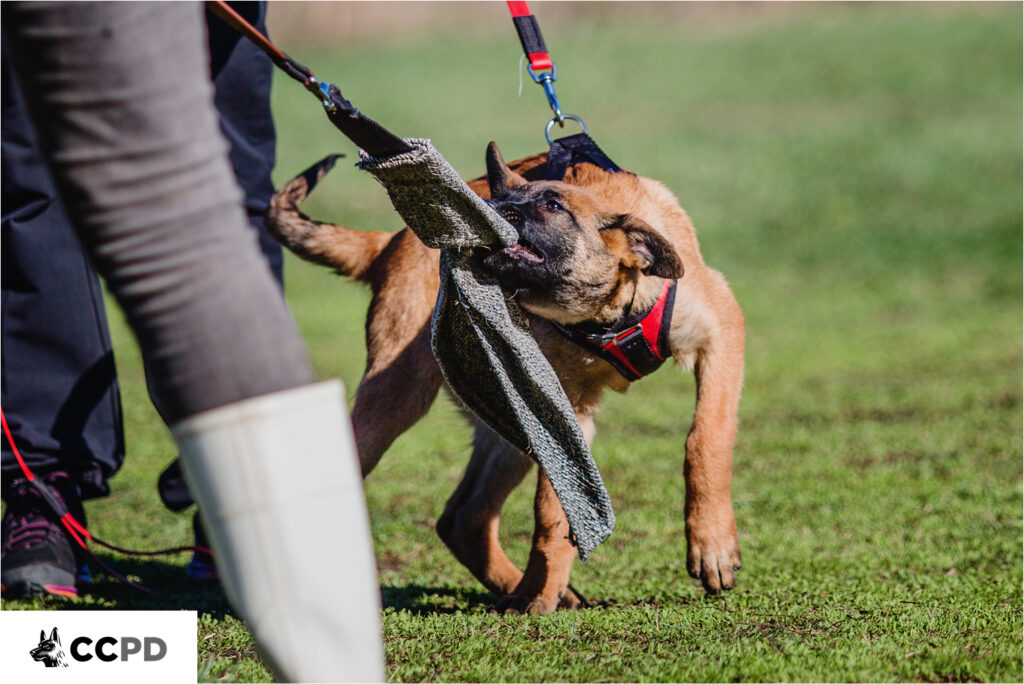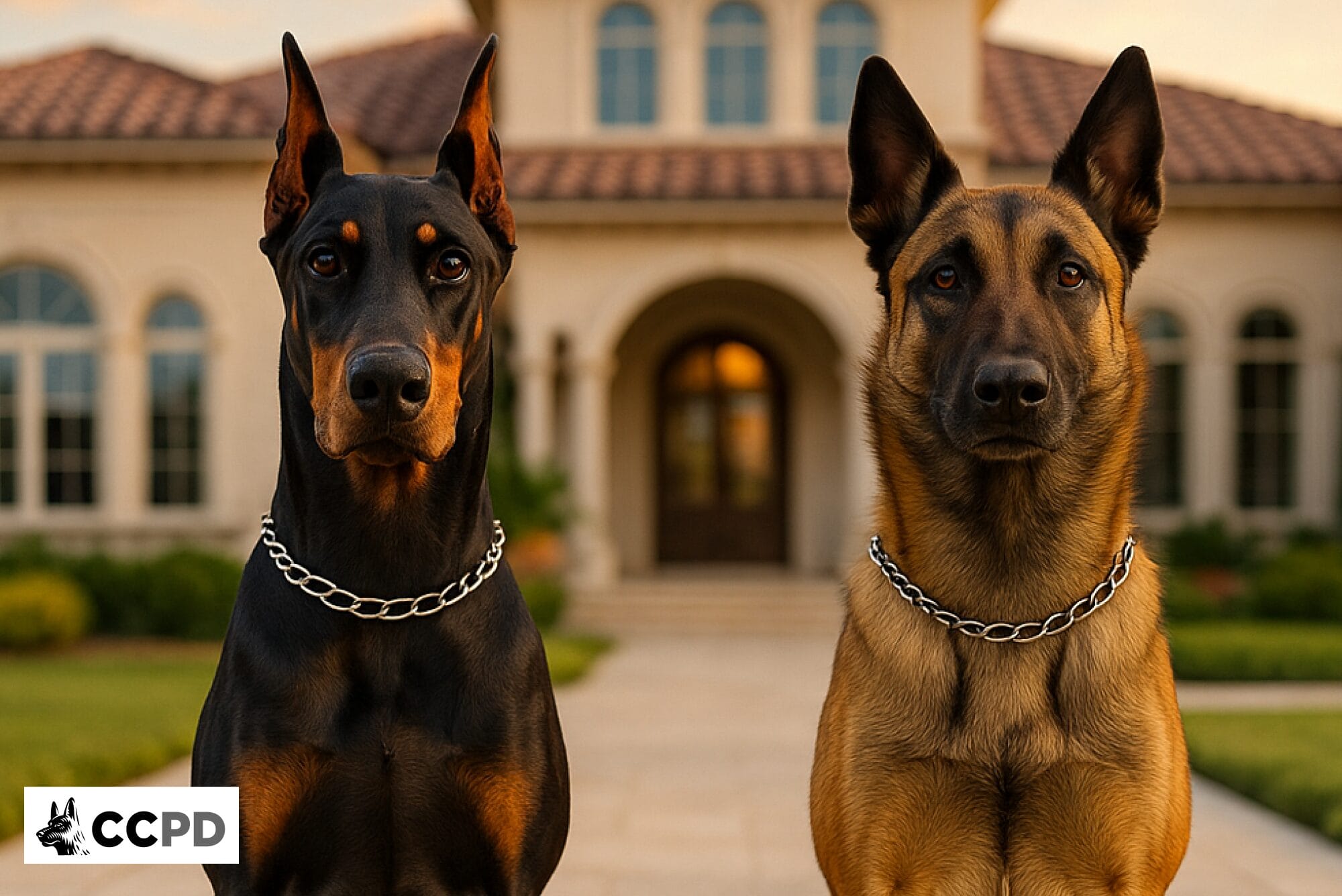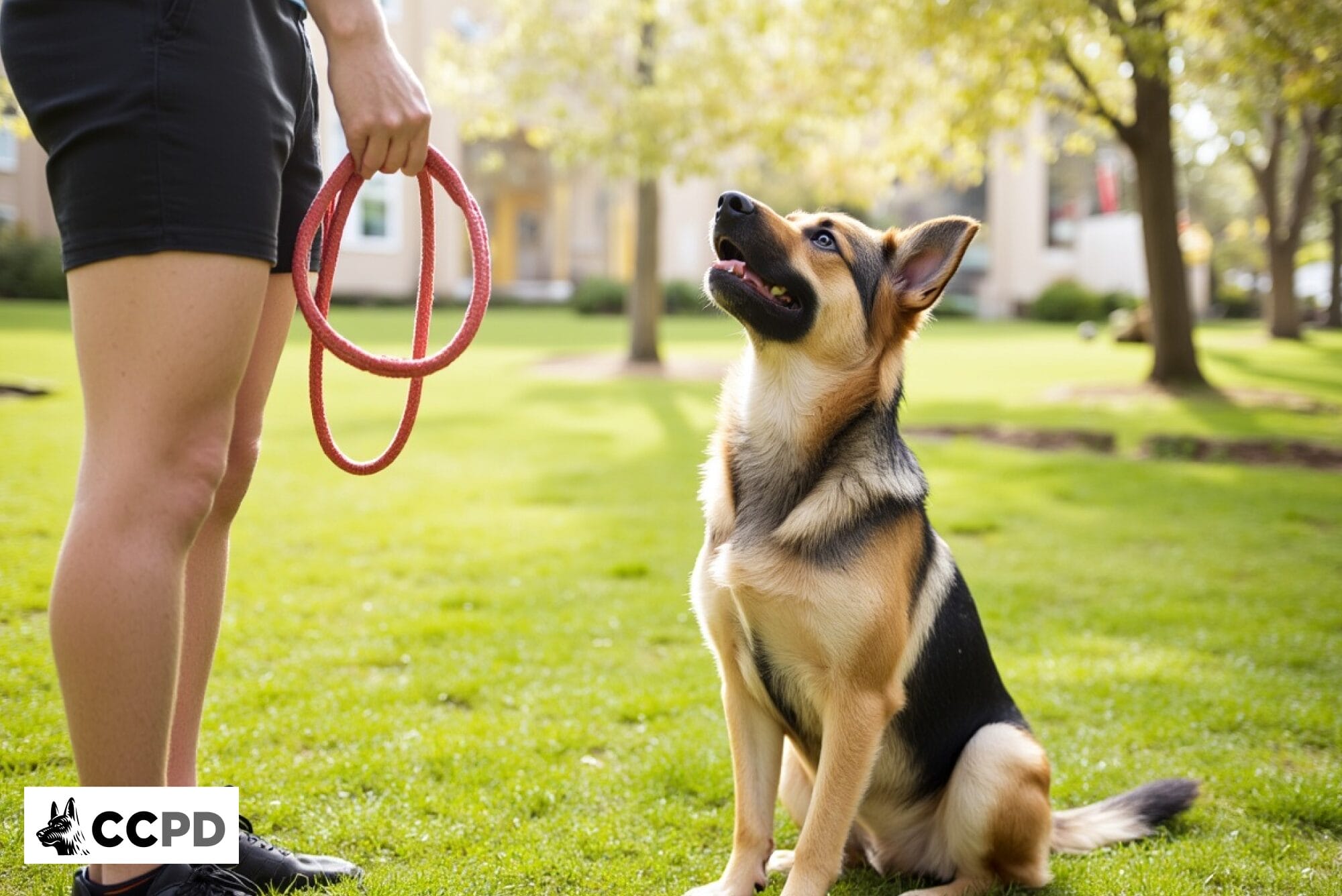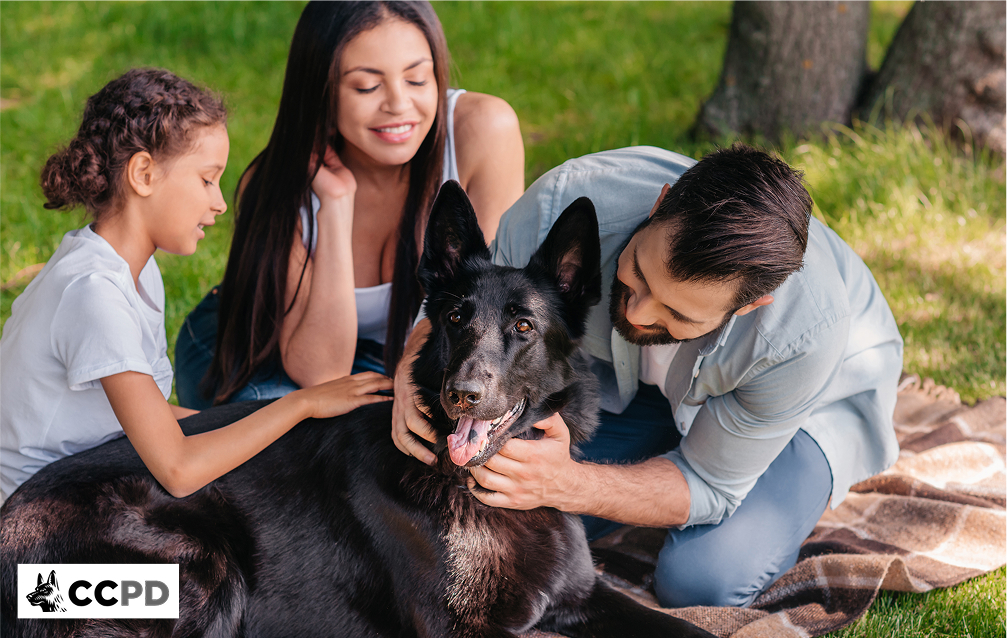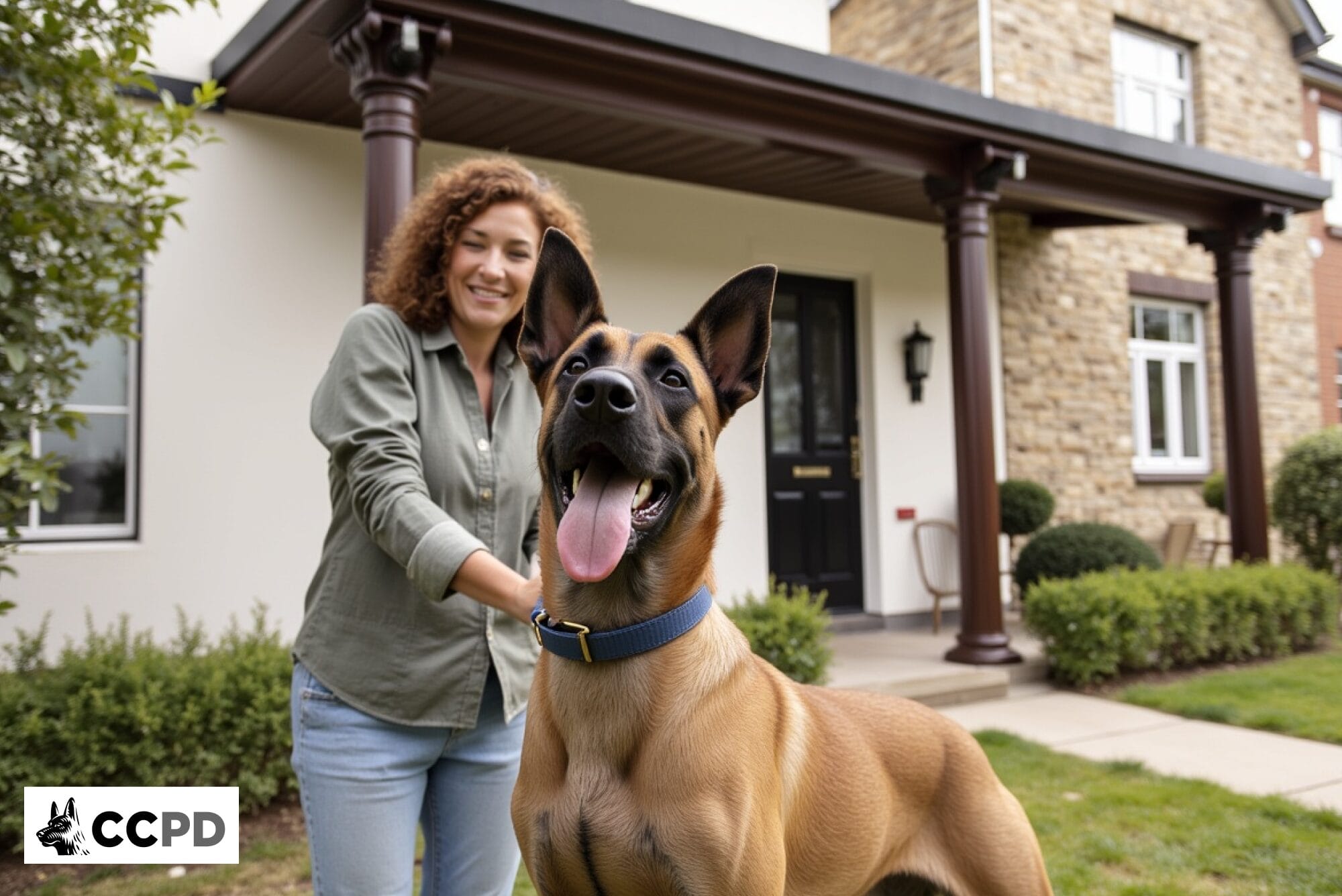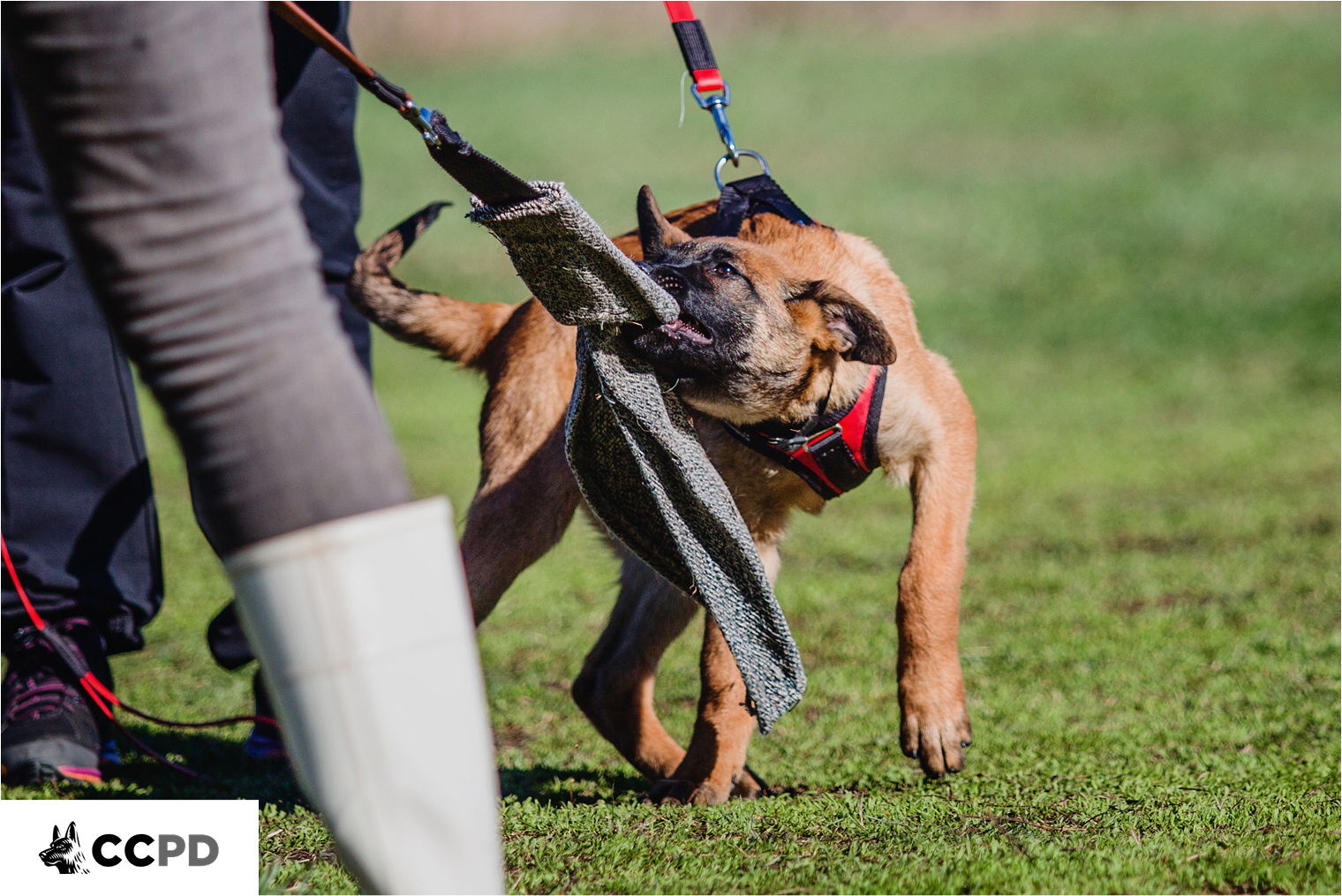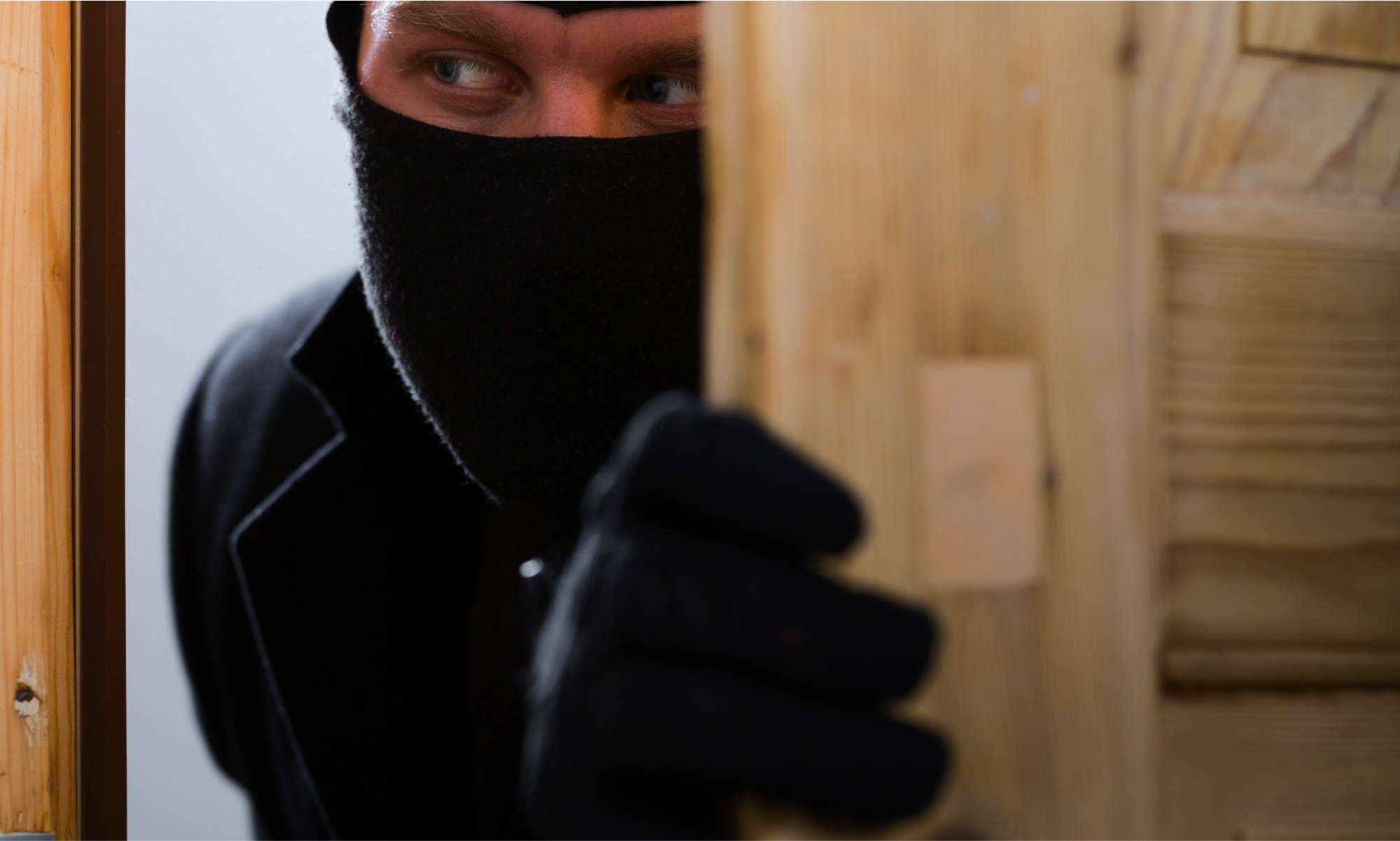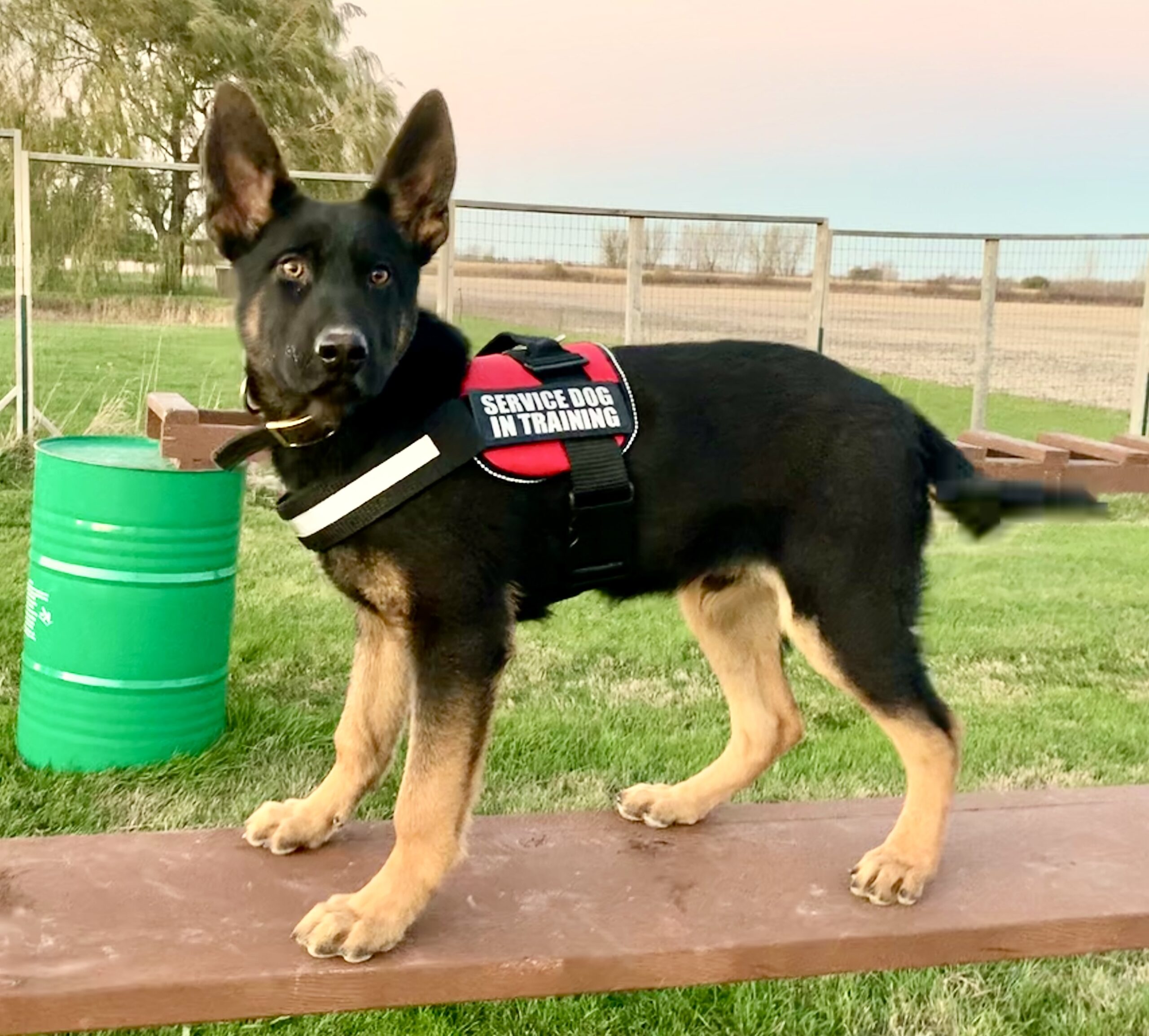When conventional security systems face increasingly sophisticated threats, high-net-worth individuals often find themselves searching for solutions that technology alone cannot provide.
Enter the protection dog: an intelligent, loyal security asset that bonds with your family and offers capabilities that can’t be hacked, disabled, or easily circumvented. As estate security evolves to meet modern challenges, these specialized canine guardians are becoming an increasingly important component in comprehensive protection strategies.
How Estate Security Has Evolved
Traditional estate security typically involves a layered approach: perimeter barriers, surveillance systems, alarm technologies, and sometimes human security personnel. Each component serves its purpose, but each also has inherent vulnerabilities. Gates can be climbed, cameras can be disabled, alarm codes can be compromised, and even the most vigilant human guards need to sleep.
Protection dogs fill crucial gaps in this security matrix. Unlike technology-based systems, they can’t be affected by power outages or sophisticated hacking. Unlike human guards, they don’t have shift changes or moments of distraction. And perhaps most importantly, they form emotional bonds with family members that create both physical and psychological security.
The security industry has observed that estates incorporating protection dogs alongside traditional security measures generally experience fewer successful intrusion attempts. They serve as both a visual deterrent and an active response system that complements technological solutions.
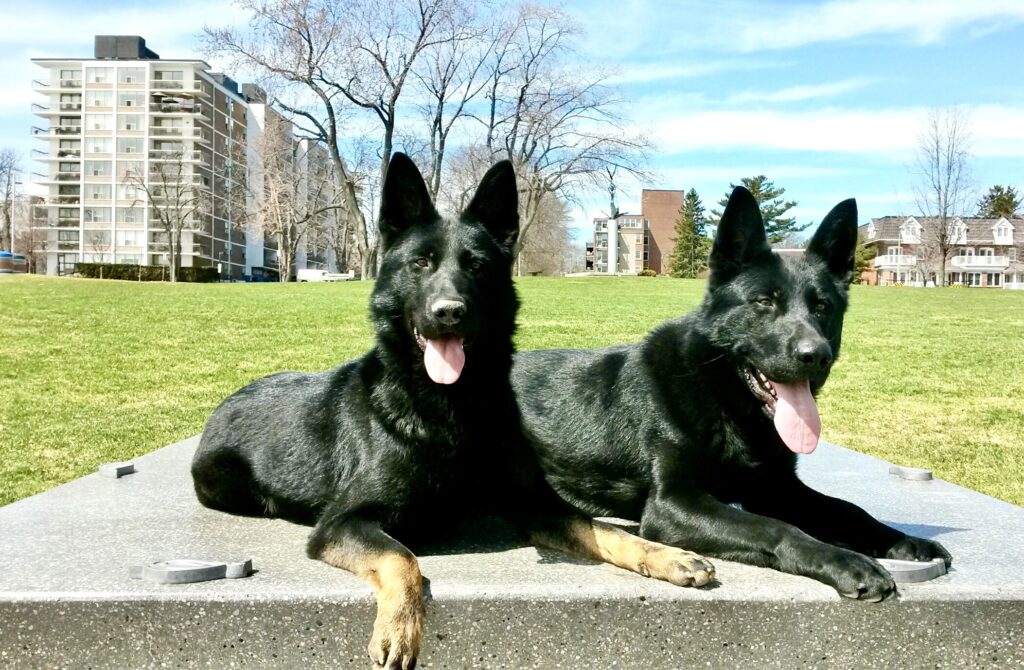
What Makes Protection Dogs Unique Security Assets
The value of protection dogs extends far beyond their role as a deterrent. Their natural abilities provide several advantages that mechanical systems simply cannot match.
Protection dogs offer constant vigilance without technological vulnerabilities. While security systems can be compromised, a protection dog’s senses and instincts remain alert and functional under virtually all circumstances. Their hearing can detect unusual sounds well before humans notice anything amiss, and their sense of smell can identify unfamiliar persons from remarkable distances.
They also possess discernment that technology lacks. High-end security systems often generate false alarms, creating “alert fatigue” among both residents and security teams. Protection dogs, however, can distinguish between normal activities and genuine threats through their training and intelligence.
Additionally, they offer psychological security that’s particularly valuable for family members. Children especially benefit from knowing their canine companion isn’t just a pet but a guardian specifically trained to protect them. This peace of mind is difficult to quantify but represents significant value for many families.
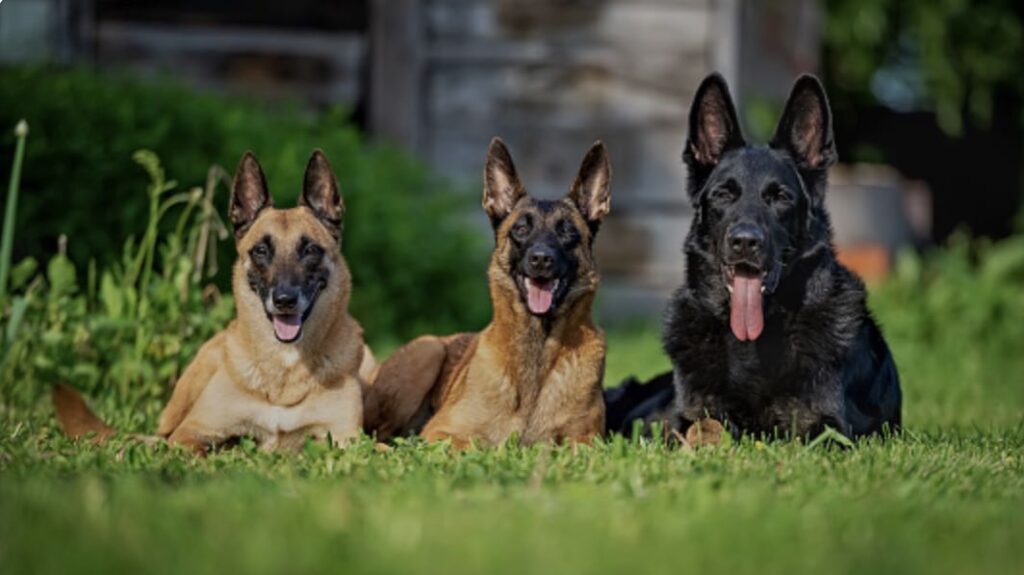
Breeds That Excel in Estate Protection
Not all dogs are suited for protection work, particularly in the context of high-value estates where both effectiveness and reliability are non-negotiable. Several breeds, though, have proven especially effective.
German Shepherds, of course. They remain the gold standard for protection work, combining intelligence, trainability, and natural protective instincts. They adapt well to family life while maintaining their working abilities.
Belgian Malinois have gained popularity for their exceptional work drive and athletic ability. They require more extensive exercise and mental stimulation than some other breeds, but offer unparalleled vigilance and response capabilities.
Doberman Pinschers combine elegance with protection ability, making them popular among clients who desire a more refined-looking guardian. Their loyalty is legendary, and their intelligence makes them highly responsive to sophisticated training protocols.
Cane Corsos and other mastiff varieties offer an imposing physical presence that serves as a visual deterrent. While somewhat less agile than shepherd breeds, their strength and protective nature make them excellent estate guardians.
The best protection dog for your estate depends on your specific needs, family dynamics, and property characteristics. Working with specialists who understand both security requirements and canine temperament is essential for making the right match.
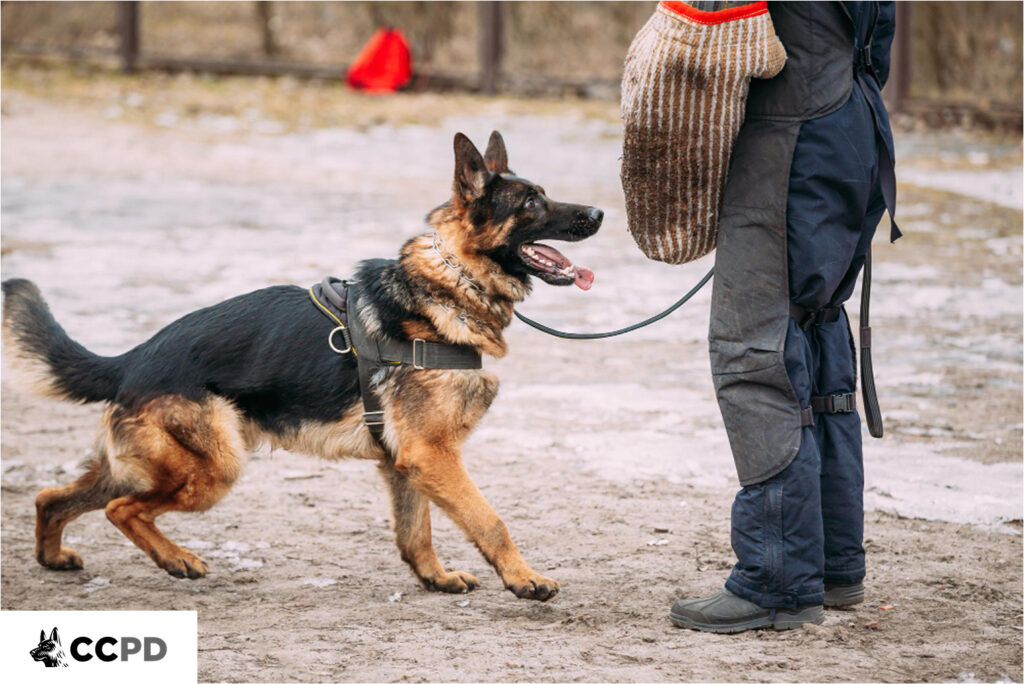
The Training Process Creates a Guardian, Not Just a Guard
The distinction between a truly valuable protection dog and simply an aggressive animal is training – sophisticated, consistent, scenario-based training that creates a discerning guardian rather than an indiscriminate threat.
Professional protection dog training typically begins when the dog is young and continues for 12-24 months before the dog is ready for placement. The training focuses on developing discernment and controlled responses rather than aggression. These dogs learn to identify actual threats and respond appropriately, while remaining completely safe around family, staff, and authorized visitors.
However, the training relationship continues throughout the dog’s working life, with regular reinforcement sessions and scenario training specific to the estate’s needs. This ongoing investment creates an asset that balances two seemingly contradictory roles: a loving family companion that can transition instantly into a formidable protector when threats emerge.
Integrating Protection Dogs Into Comprehensive Security Plans
Protection dogs are most effective when they’re part of a thoughtfully designed security ecosystem. This integration requires collaboration between canine specialists, security consultants, and often the estate’s existing security personnel.
The best security plans leverage the unique strengths of each component. Technology handles surveillance and access control, human personnel manage complex decision-making and communication, and protection dogs provide immediate threat response and detection capabilities that neither technology nor humans can match.
This integration might include creating specific protocols for how security staff interact with the dogs, designing property features that maximize canine effectiveness (such as strategic fencing configurations or specialized kennel facilities), and establishing communication systems for handlers.
It’s also important to address legal and insurance considerations. Many high-net-worth individuals work with their legal teams to ensure appropriate liability coverage and to understand relevant local regulations regarding working dogs.
Related Article: Why Celebrities Are Choosing Protection Dogs Over Security Guards
Benefits and Effectiveness
Security professionals frequently observe that estates with properly trained protection dogs experience fewer security incidents overall. The visible presence of these dogs often prevents problems before they develop.
Industry data suggests that attempted unauthorized access drops significantly when protection dogs are integrated into a comprehensive security strategy. In many cases, the dogs identify potential security breaches before technical systems detect anything unusual.
The effectiveness of protection dogs comes from their unique combination of capabilities: they serve simultaneously as detection systems, deterrents, and response units. This versatility makes them particularly valuable in the unpredictable world of estate security.
Important Considerations Before Adding Protection Dogs
Despite their benefits, protection dogs aren’t suitable for every estate or family. The decision requires careful consideration of several factors:
First, protection dogs require genuine integration into family life. Unlike purely technological solutions, they’re living beings that form relationships with family members. This requires commitment from everyone in the household.
Second, they represent an ongoing investment of time and resources. Beyond the initial acquisition and training costs (which typically range from $50,000 to $100,000 for elite protection dogs), there are expenses for continued training, healthcare, and proper handling equipment.
Finally, family dynamics matter. Protection dogs thrive in environments with clear boundaries and consistent expectations. Families with very young children or frequently changing household compositions might face additional challenges in maintaining the stable environment these working dogs need.
A Unique Component in Your Security Strategy
Protection dogs occupy a unique position in comprehensive estate security: they combine the vigilance of technology with the intelligence and adaptability of human security personnel, all wrapped in a package that also provides companionship and emotional reassurance to family members—something many people get wrong about protection dogs, assuming they’re purely utilitarian.
For high-net-worth individuals seeking truly comprehensive security, these remarkable animals often provide the missing piece that completes their protection strategy. While they require investment and commitment, many clients find that the peace of mind alone justifies the addition of these four-legged guardians to their security team.
If you’re considering enhancing your estate security, a consultation with professionals who specialize in both high-net-worth security planning and protection dog training can help you determine whether these exceptional animals might be the right addition to your security strategy.
Related Article: How to Choose a Reputable Protection Dog Trainer
